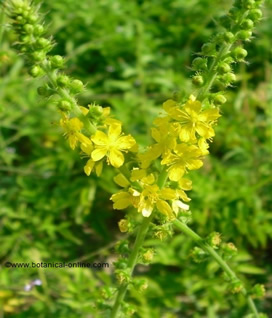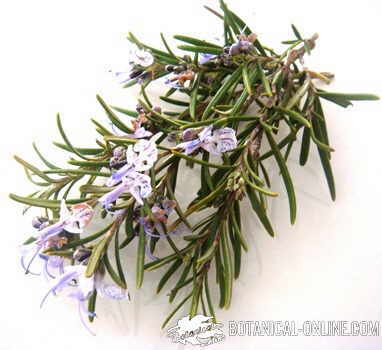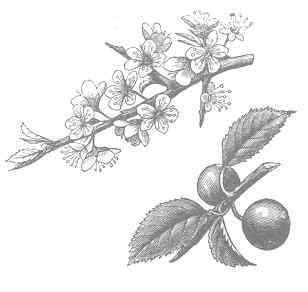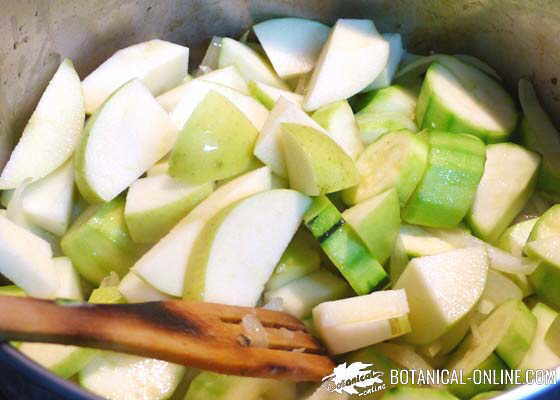Contents
Benefits and functions of glycine, nonessential amino acid
CHARACTERISTICS OF GLYCINE
What is glycine?
Glycine is a nonessential amino acid small size that requires the presence of two minerals for proper absorption and subsequent operation, which are chlorine and sodium.
The body synthesizes glycine from another amino acid, serine. Its abbreviated form is Gly.
Glycine is the smallest amino acid known, consisting of only two carbon atoms. It is the most abundant component of collagen structure, formed by 30% of glycine, 20% of proline and hydroxyproline, and 10% of lysine and hydroxylysine.
Properties of glycine
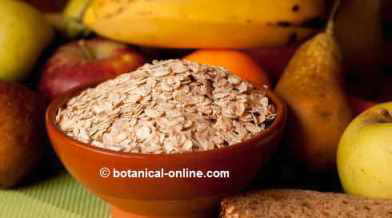 Whole cereals, such as oats, contain glycine
Whole cereals, such as oats, contain glycine- Glycine helps maintain proper function of healing, resulting appropriate in cases of wounds, fractures, sprains, strains, etc.
- Involved in the production of phospholipids and collagen, the main constituent of body tissues. Its deficiency can manifest itself in nail problems as a fragile, hollow nails, nail grooves.
- Involved in the production of growth hormone, thereby preventing dwarfism or other problems and growth abnormalities.
- Glycine also has a prominent role in motor functions, avoiding not only muscular dystrophy, but a series of negative reactions of muscles, as muscle pain or ramps unwanted contractions occur.
- It benefits maintaining immunity, which helps prevent infectious diseases.
- Glycine promotes good brain function as it has a relaxing effect, making it useful in cases of depression, anxiety, nervousness or stress. It helps preserve the central nervous system, preventing behavioral disorders and mental illnesses such as schizophrenia.
- It also helps to store glycogen, so it can better regulate glucose metabolism, benefiting patients with diabetes. It also protects the prostate.
Contraindications of glycine
As in most of the amino acids, it should not be consumed in high amounts if liver or kidney disorders
If there is overdosing over a period longer than a week time, it can be fatal because an excessive excitement.
Foods containing glycine
Animal foods are those that contain more glycine, for example, meat (pork, duck, chicken, etc.)
Within plant foods, we include, for example, whole grains
* More information: Foods rich in glycine
Glycine supplements
Although you can take supplements of glycine, it is recommended to meet the needs of this amino acid through a balanced diet. If supplementation is necessary, consult with the specialist before taking it.
* Related information:
– How to combine vegetable proteins
List of amino acids in food | |
Essential amino acids | Nonessential amino acids |
Phenylalanine, Isoleucine, Leucine, Lysine, Methionine, Threonine, Tryptophan, Valine | Aspartic acid, Glutaminic acid, Alanine, Arginine, Cysteine, Cystine, Glycine, Hydroxyproline, Proline, Serine, Tyrosine |
![]() More information on amino acids.
More information on amino acids.

